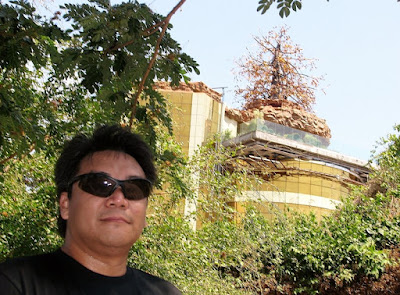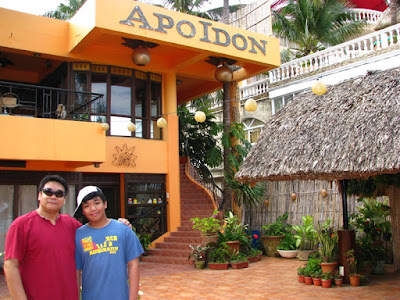COME and play with the animals! Be one of them roaring and whistling, indulging in the joys of the moment, you are in Baluarte, the only one of its kind in the country. Not just a zoo, Baluarte is an interactive wildlife sanctuary and facility, with the breathtaking view of its dominating scenic boulders amidst trees and greens.
We are dedicated to facilitating education, conservation and protection of endangered species and wildlife. Children and those who are young at heart will rediscover life amongst the animals in unique and entertaining ways specifically through first-hand experience.
Memorable events such as feeding them, petting them, riding the "tiburin", a small horse-drawn carriage, and visiting our Butterfly Garden will surely be an extraordinary adventure for you and your family. What's more incredible is that admission to Baluarte is FREE.
Baluarte is 80 hectares of gently rolling terrains, hills and mountain sides, the structures of facilities and amenities, its phases of construction is in its best possible realistic and natural habitat for good and sound animal care.
Located along the western seaboard of Northern Luzon 408 kilometers north of Manila, bounded in the South by South China Sea, Baluarte has its breathtaking view of Vigan City. Baluarte is open to the public and admission is FREE. It is actually Governor Chavit's gift to the people of Vigan where residents are accorded free use of spaces for their livelihood programs.
Baluarte is currently in the state of further improving their facilities for both animals and visitors. We basically plan to implement the open zoo concept wherein animals will be kept in more sizable enclosures to give them more space to roam, play and move around.
History
Baluarte started off as a rest house in 1991 with celebrity friends like Fernando Poe Jr. as regular visitor spending long weekends. The place has already considerable numbers of domestic animals like monkeys, chickens, large lizards (bayawak) and rare bird species, right inside the Baluarte forest, these rare bird species are found only in there. Governor Chavit, loves nature and exhibits passion for animals. Baluarte setting is that place where he can enjoy peace and quiet and away from the demands of a busy life and urban living. As a political leader of Ilocos Sur, people searched for him continuously.
So the rest house cannot anymore accommodate people and friends who also enjoy the place, that was, when he decided to slowly construct Baluarte. He first constructed the main house and seeing the beauty of the next, he abandoned the old main house, made it the guest house, and constructed a multi level house on a hilltop that magnifies the fantastic view of Vigan City that stretches all the way to the South China Sea.
Governor Chavit, his Ilocano traits of industry and frugality made the best part of the Baluarte as you can see today. The indigenous materials, like boulders found in the area that was used extensively comprised the construction, is the dominant scenic view of the place. Aptly called Baluarte, taken from the Spanish word meaning, a fortress, a domain, or a territory. He is not a planning guru, he is a hands-on man, and he sure has the knack for the best aesthetic and architectural design one can really appreciate.
Together with his architect Estrellita I. Rugnao, a Chavit scholar, he spent hours in poring over renderings and architectural plans of the facility with the main focus on his social responsibility and cutting edge architecture. Baluarte is not just a zoo, it is his HOME, he opened it to the people and you are most welcome here, so come and enjoy his hospitality.




















































